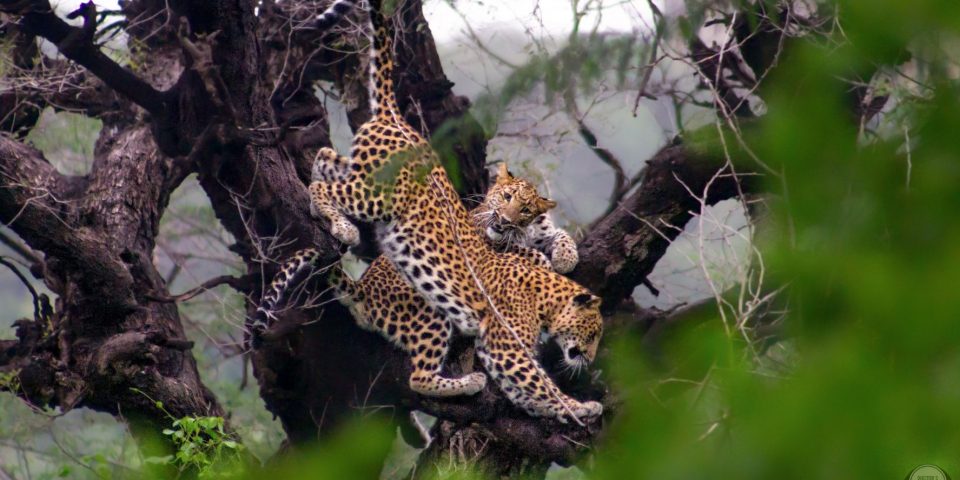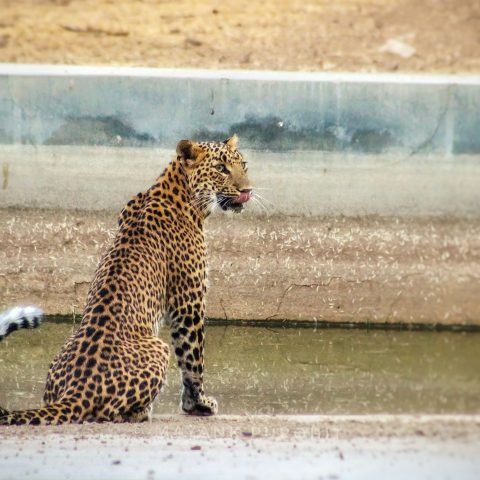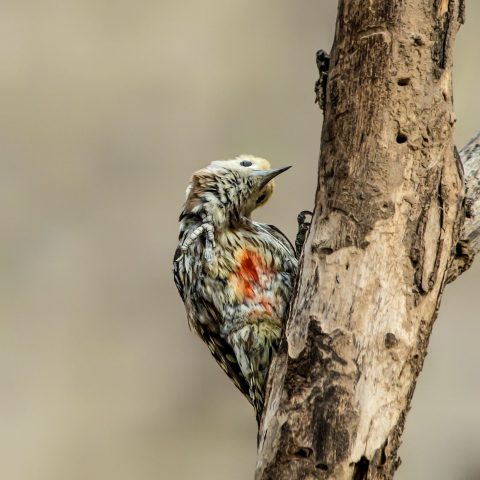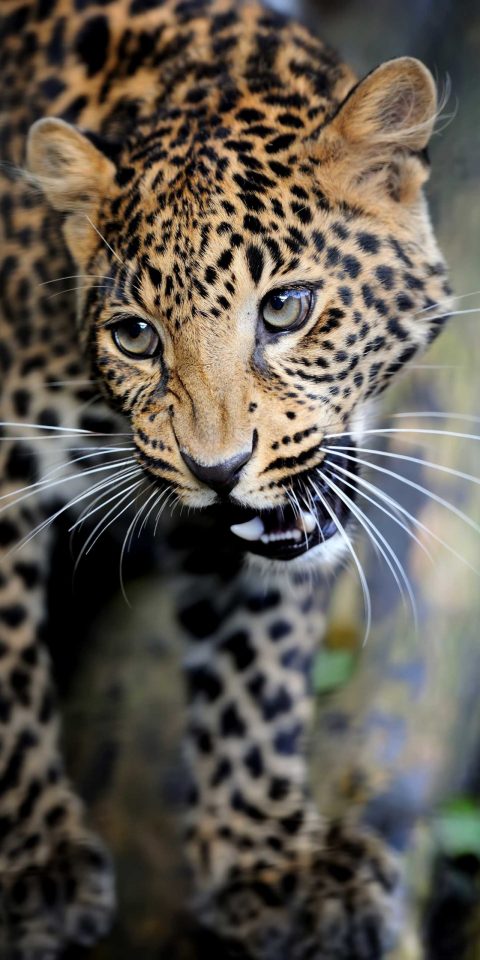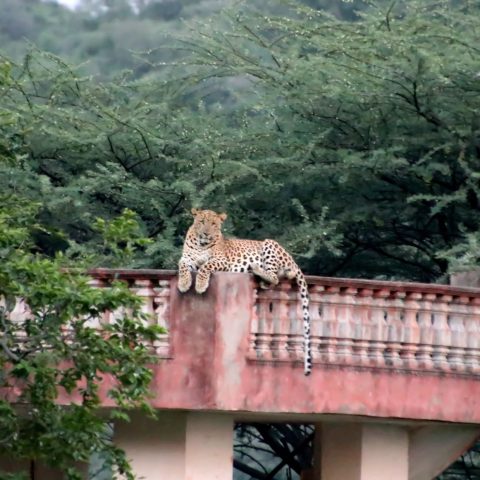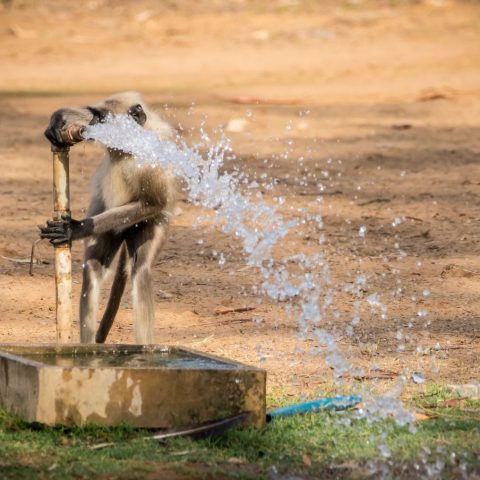Explore the Wilderness of
Jhalana forest
Intro
Jhalana National Park
It all started out when the royalty of Jaipur were searching for a private game reserve, where the Rajputs wanted to hunt wild animals for sport.
But in the middle of the 20th century, Maharani Gayatri Devi had a change of heart. Ironically, after she had killed the last tigress of Jhalana from the monumental Shikar Audhi in the middle of Jaipur. The tigress left behind two cubs, who after melting the queen’s cold heart were sent to the Zoo situated near Jaipur’s famous Albert Hall. There was no hunting in Jhalana after that, even before the Wildlife and Environmental acts were passed in the parliament.
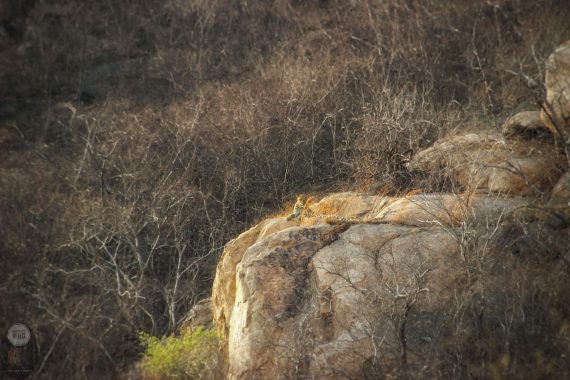
After a few decades, Jhalana evolved into a Park, largely due to the ancient temple dedicated to Kalakya Mata in the area. People used to visit the place for birding on foot till the early 2000s before it was declared as a wildlife reserve due to increased sightings of the Phantoms of The Forest.
With it being classified as a reserve, people used to go in their own vehicles inside the urban forest to spot the rosetted beauties and the birds the place had to offer.
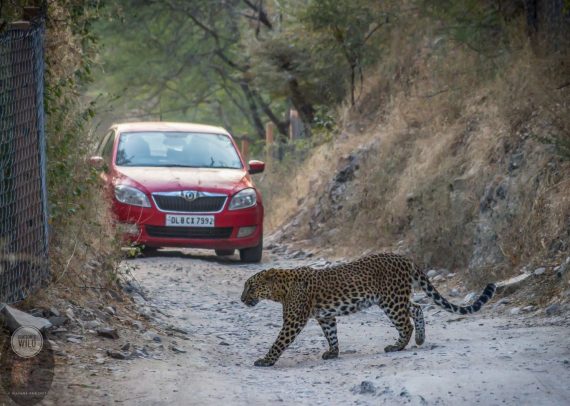
And then came the fateful year of 2017, when Project Leopard was launched here in Jaipur, including few other places near Pali and Udaipur. Rajasthan became the first state in India to announce Project Leopard with a sum of Rs. 70 million (Rs. 7 crores) set aside to conserve leopards. It eventually kicked off in 2018 with the launch of the first leopard reserve in Jhalana Forest Area, right in the middle of Pink City.
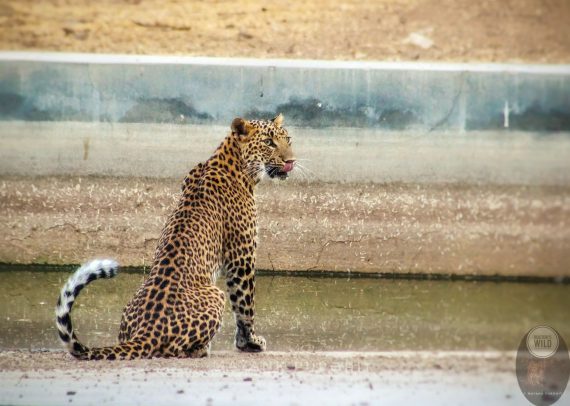
The regulated safari proved fruitful for the government and the Leopards alike. The Leopards here are relatively bold having been exposed to a lot of human activities, including the ones because of the temple and the location of the reserve; apart from the early onset of tourism.
And with influx of famous wildlife photographers and conservationists, it has now come to be known as one of the best place to sight a Leopard anywhere in the world; with sightings of the shy feline in three different routes and three different terrains.
The inauguration of Project Leopard is symbolic of our commitment to conservation. Come join us in preserving refuges for these majestic creations of God.
Vasundhara Raje
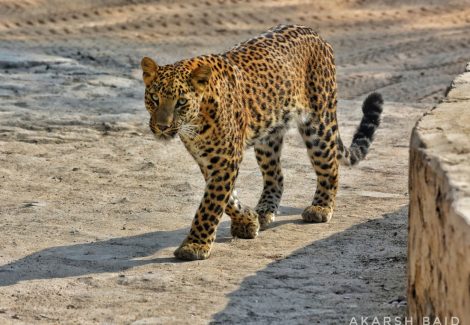
Safari Timings
Summer Safari Timings
- Morning: 5:45 AM to 8:15 AM
- Evening: 4:45 PM to 7:15 PM
Winter Safari Timings
- Morning: 6:15 AM to 8:45 AM
- Evening: 3:30 PM to 6:15 PM
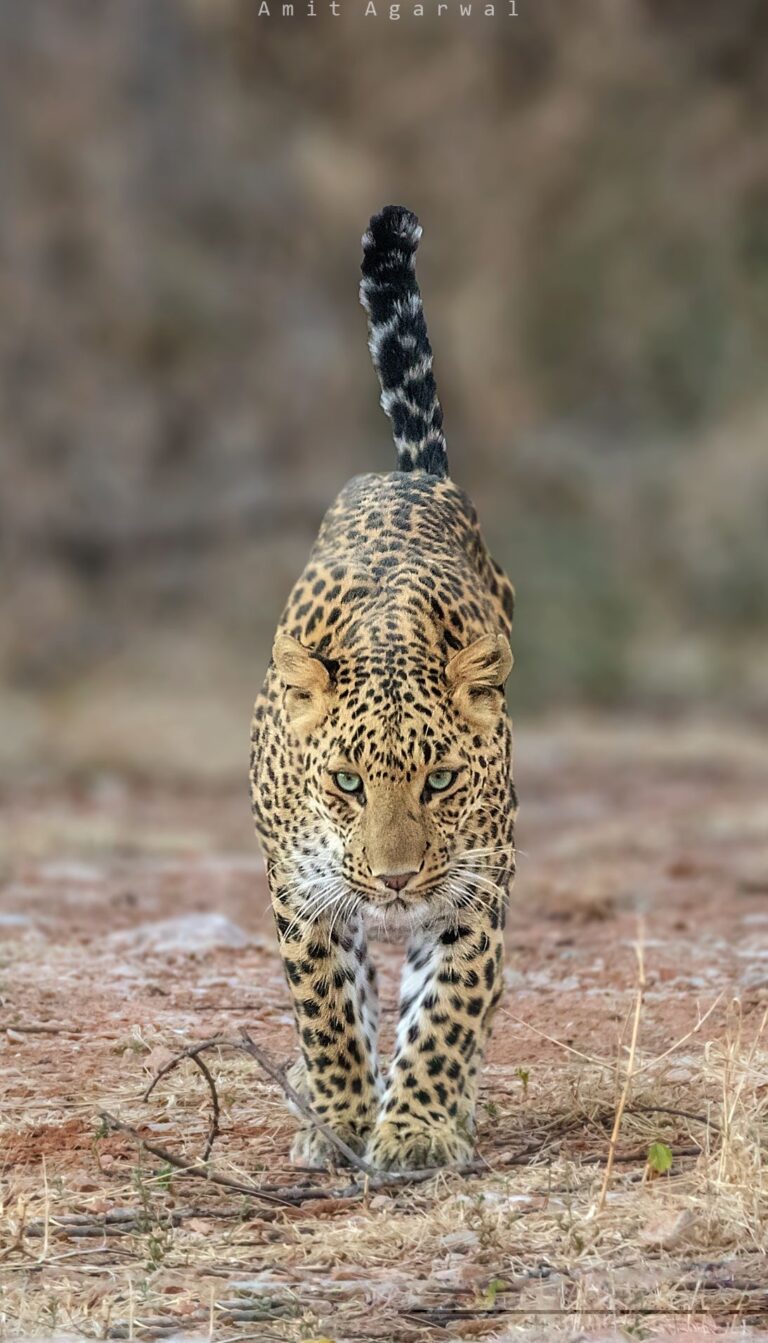
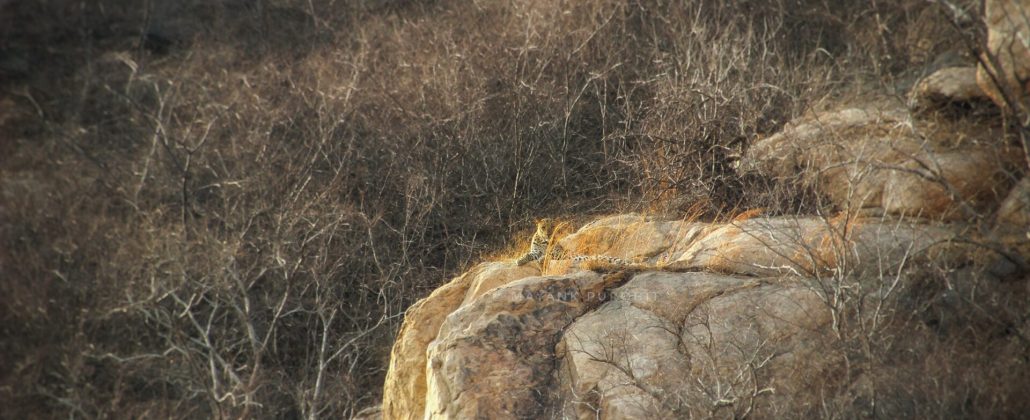
Explore
WildLide @ Jhalana
Jhalana has a rich and varied flora and fauna. The natural vegetation cannot be classified as all three routes have different terrains. With the not close the thorn shrub forests and others like Ranthambore, boasting a variety of tree species.
These occur in small clumps scattered in a more or less open form. The density and size of patches increase following the increase in rainfall, turning the whole place into a green Paradise.
Here, one can see variety of reptiles, mammals and bird life.
From Melanistic Cobras to Blue Bulls, from Bonelli’s eagle to Bull Frogs.
We have it all here.
Even the elusive nocturnal species can be seen if you’re at the right place at the right time, be it the civets or the hedgehog.
Jhalana has a matrix of different mammals including Chital, Blue Bull, 3 species of mongoose, black-naped hare, gray langur and many others that support a healthy Leopard population.
Many migratory birds also visit, be it for wintering or transit.
These include black eagle, tawny eagle, steppe eagle, Bonelli’s eagle, 3 species of Scops Owl, Desert White-throat and last but not least, The Sirkeer Malkoha. Making it a heaven for birdwatching.
Many migratory birds also visit, be it for wintering or transit.
These include black eagle, tawny eagle, steppe eagle, Bonelli’s eagle, 3 species of Scops Owl, Desert White-throat and last but not least, The Sirkeer Malkoha. Making it a heaven for birdwatching.
Common Species in Jhalana
Animals
- Leopard
- Jungle hare
- Spotted deer
- Hanuman langur
- Hedgehog
- Desert fox
- Indian palm squirrel
- Porcupine
- Desert gerbil
- Blue bull
- Nilgai
Birds
- Eurasian sparrowhawk
- Indian scops owl
- Golden oriole
- Indian Pitta
- Indian eagle owl
- Shikra
- Nightjar
- Brown-capped pygmy woodpecker
- White-browed fantail
MIGRATORY BIRDS
- Flamingos
- Cranes
- Egrets
- Dunlins
- Bar-headed goose
- Cormorants

